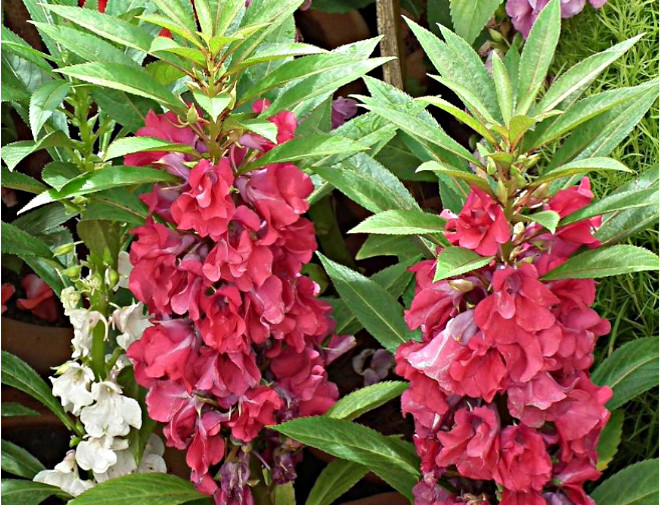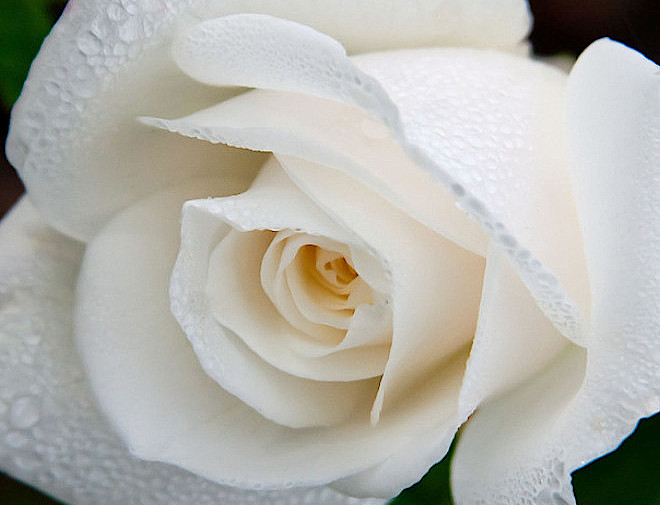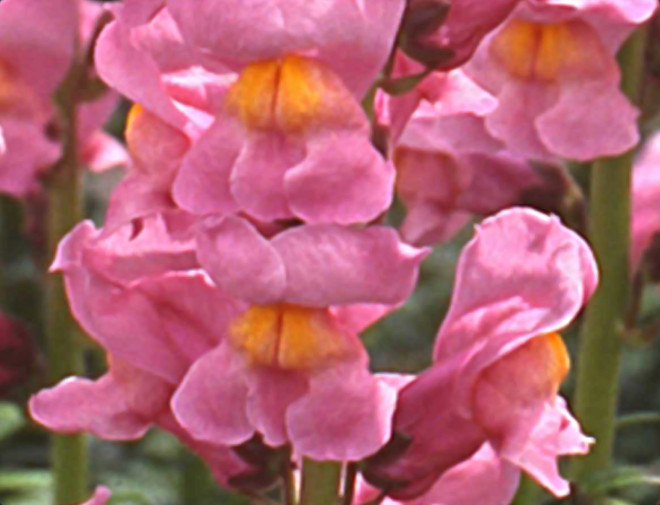Sunflower russian giant – desi seeds
SKU: AM-SF/01
Category: Flower Seeds
Helianthus annuus, the normal sunflower, is an expansive yearly forb of the sort Helianthus developed as a harvest for its palatable oil and consumable organic products
₹30.00
Description
- Sunflowers Seeds develop best in areas with coordinate daylight (6 to 8 hours for every day); they lean toward long, sweltering summers to bloom well.
- Sunflowers have long tap attaches that need to extend, so the plants lean toward well-burrowed, free, well-depleting soil; in setting up a bed, delve down 2 feet top to bottom and around 3 feet crosswise over to guarantee the dirt isn’t excessively conservative.
- Locate a very much depleted area, and set up your dirt by burrowing a region of around 2-3 feet in boundary to a profundity of around 2 feet.
- In spite of the fact that they’re not very fastidious, sunflowers flourish in marginally acidic to some degree basic soil (pH 6.0 to 7.5).
- Sunflowers are overwhelming feeders so the dirt should be supplemented rich with the natural issue or treated the soil (matured) excrement. Or then again, work in a moderate discharge granular manure 8 inches deep into your dirt.
- In the event that conceivable, place seeds in a recognition that is shielded from solid breezes, maybe along with a fence or almost a building.
- Before planting, choose whether or not you need to grow a fun sunflower tower.
How to plant
- Sunflower roots spread broadly and can withstand some dry spell. Notwithstanding, it is best to water them consistently amid their most imperative development period which is around 20 days when blooming. Profound, customary watering energizes root development, which is particularly useful with taller sunflower assortments bearing best substantial sprouts.
- Sunflowers don’t require preparing. Be that as it may, in light of the fact that they develop vivaciously (they can undoubtedly grow 6 feet in only 3 months), it’s a smart thought to include some ease back acting granular compost to particularly poor, thin soil. The better their eating routine, the bigger the blossoms. Try not to exaggerate the nitrogen since that will defer blooming. Spreading a 2-or 3-inch mulch layer or some likeness thereof of natural material on the dirt will diminish dampness misfortune through dissipation and debilitate weeds.
- While a couple of sunflower assortments needn’t bother with any staking, it is a smart thought to help plants that develop more than 3 feet tall or are multi-spread. Their branches are genuinely weak, particularly at the focuses where they join the stems. Shallow established and burdened with numerous huge bloom heads, plants are powerless against summer winds and rain. Attach the plants freely to stakes with lengths of fabric or other delicate material as required.
- Feathered creatures and squirrels can be an issue when seeds age and reap time approaches. On the off chance that you don’t plan to utilize the seeds, it is amusing to watch untamed life appreciate the abundance. You might need to cut the bloom takes off and spread them out in the sun to dry and give simpler access to natural life. On the other hand, to stop winged animals and squirrels, hindrance gadgets are best. As seed heads develop and blossoms hang, cover everyone with white polyspun cultivate downy. It will let light and air in and keep critters out. Additionally, take a stab at removing the few leaves that are nearest to the heads to make it harder for winged creatures to roost and feed.
- Deer will promptly take out a sunflower fix. As they support the new, delicate leaves at the highest point of the plants, a 36-inch chicken wire boundary bolstered by 6-foot bamboo stakes should keep them under control. Just raise the wire as the plants develop.
Pests
- Alternaria
- Plasmopara halstedii
- Boerema macdonaldii
- Sclerotinia sclerotiorum
- Puccinia helianthi
References
- https://www.burpee.com
- http://www.syngenta-us.com
Related products
-
₹30.00Vinca is a variety of blooming plants...






